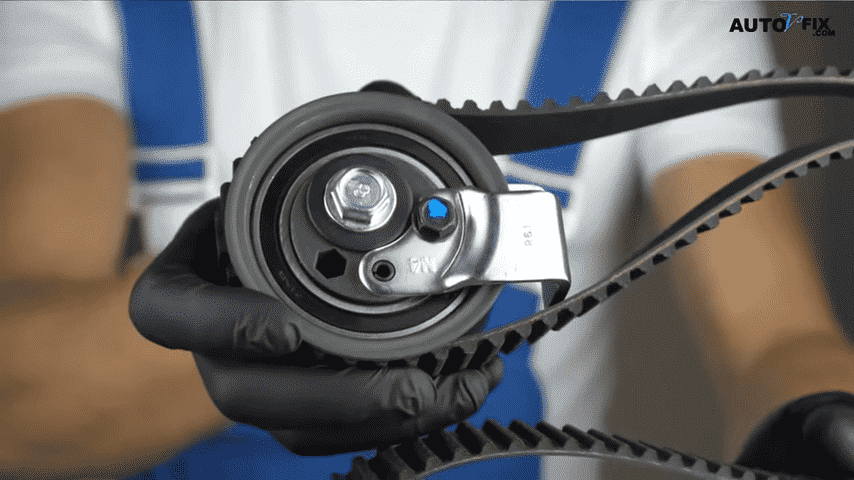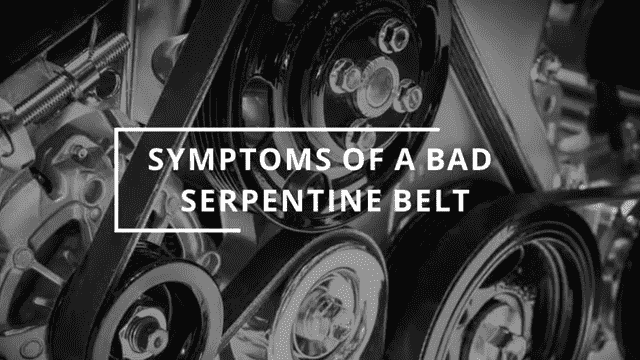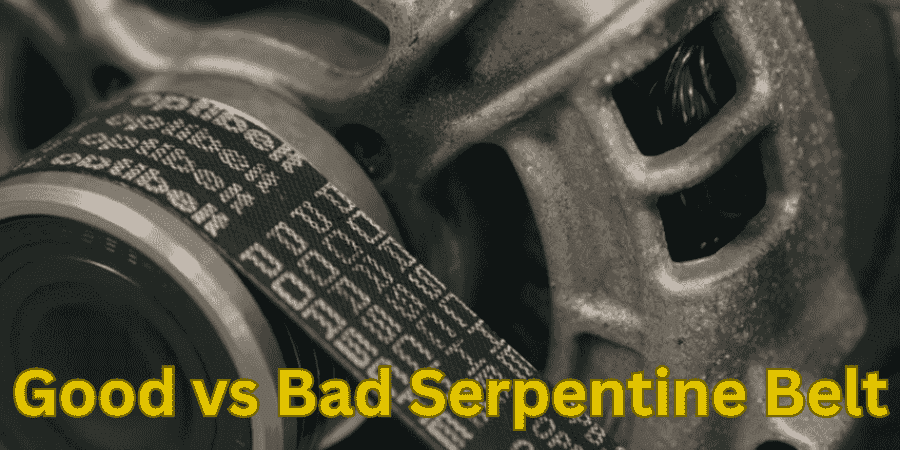Do you ever justice yourself and think, why is my car running smoothly, or why is it producing that squealing sound? Among these parts, one element is the serpentine belt, which can be considered the key element of this system. This usually unnoticed component in your engine bay ensures many critical components of your vehicle are in good order.
The Serpentine Belt is a very important component in virtually all late-model vehicles. It helps power numerous accessories, including the alternator, power steering pump, air conditioning compressor as well as the crankshaft and camshaft. Fasten your seat belt, and off we go!
What is a Serpentine Belt?

Okay, let me explain what a serpentine belt is. It is a narrow band that passes through many items in the engine from one point to another. This is unlike older vehicles that may require different belts to run different components in the automobile; new cars just need this single belt. The serpentine belt often drives the alternator, power steering pump, air conditioning compressor, and, in some cars, the water pump.
How a Serpentine Belt Works
One can regard it as a real conductor of all these parts working in accord together. It is driven by the crankshaft pulley and surrounds various other pulleys linked to various important accessories. As the engine rotates, the crankshaft pulley turns the belt and transfers this motion to the other pulleys. The continuity of this operation is very important for your vehicle and any form of comfort inside.
Signs of a Good Serpentine Belt
A good way to check if your belt is okay is to observe your serpentine belt and make sure it does not show any signs of wear. Here are a few key indicators:
Visual Inspection
A good serpentine belt should look smooth, and one should not notice any cracks, frays, or other damages. It should fit neatly on the pulleys without the least traces of misalignment.
Smooth Operation
During running, the belt should not vibrate or jerk during the rotational movement and should work silently.
No Unusual Noises
They are not meant to make any squealing or chirping like what is usually depicted when a car mechanic checks for a defective serpentine belt through the engine. If your car works with the noise of tortured poultry, it is high time to pay more attention.
Signs of a Bad Serpentine Belt

On the flip side, here’s how you can spot a bad serpentine belt:
Cracks and Fraying
At some point, the rubber can tear or start to degrade in some form or the other. These signs are seen during an inspection; if they are detected, then the belt is almost worn out.
Squealing Noise
A high-pitched squeal requires that you pay a lot of attention or take your car to an expert, as it could indicate that the belt slips when you are starting the engine or accelerating. This is why it is worn out, not aligned adequately, or even has insufficient tension on the string.
Difficulty in Vehicle Functions
Power steering makes it difficult to turn, your engine runs hotter than usual, and the car fails to start when you turn the key. One probable cause of this might be a failing serpentine belt. These components depend on the belt to work as intended.
How to Inspect a Serpentine Belt
Are you ready to learn how to check the serpentine belt? Here’s a step-by-step guide:
Tools Needed
- Flashlight
- Mirror (optional because of narrow spaces)
- Gloves
Step-by-Step Guide
- Switch off the car engine and leave it to cool for some time.
- Find the position of the serpentine belt – refer to the user’s guide that came with your car if you are unsure.
- Flashlight it to get a view of the belt. For them you should look for cracks in the cloth’s surface, fraying, or glazing (when the surface itself becomes hard and has a shine).
- Feel the tension of the belt with your hand by pushing it down. It should have a little give but should be rather firm to the touch.
- There is always that part of your body that you cannot easily shave or wax due to poor light or the angle of the mirror; try using the one on the mirror to inspect yourself.
Conclusion
Knowledge on the difference between a good and a bad serpentine belt can help one avoid many problems and dangers. Your car should be regularly checked and its parts replaced when necessary to ensure efficient and safe running. Thus, the next time someone listens to a squeal or steering is heavy, they will know what to do. Happy driving!
FAQs
How long does a serpentine belt last?
Typically, a serpentine belt lasts between 60,000 and 100,000 miles.
What happens if my serpentine belt breaks while driving?
If the belt breaks, you may lose power steering, and your engine might overheat. It’s best to pull over safely and call for assistance.
Can I drive without a serpentine belt?
Driving without a serpentine belt can damage your engine and other components. It’s essential to replace it immediately.
How much does it cost to replace a serpentine belt?
Replacement costs range from $100 to $200, depending on the vehicle and labor charges.
Can I replace the serpentine belt myself?
Yes, if you have the right tools and knowledge. However, if you’re unsure, it’s best to consult a professional.

